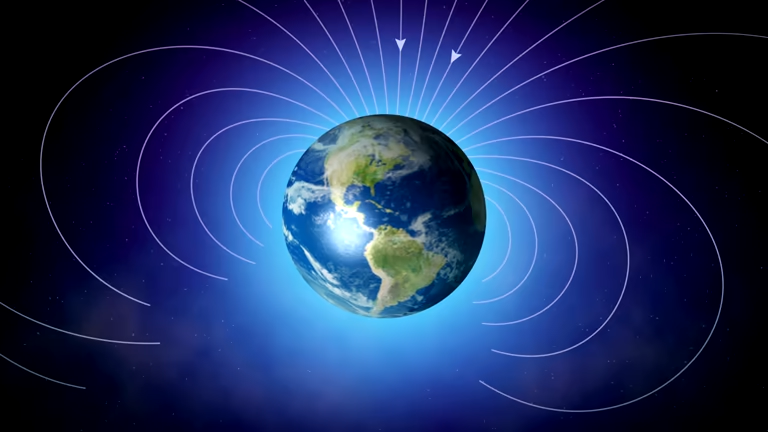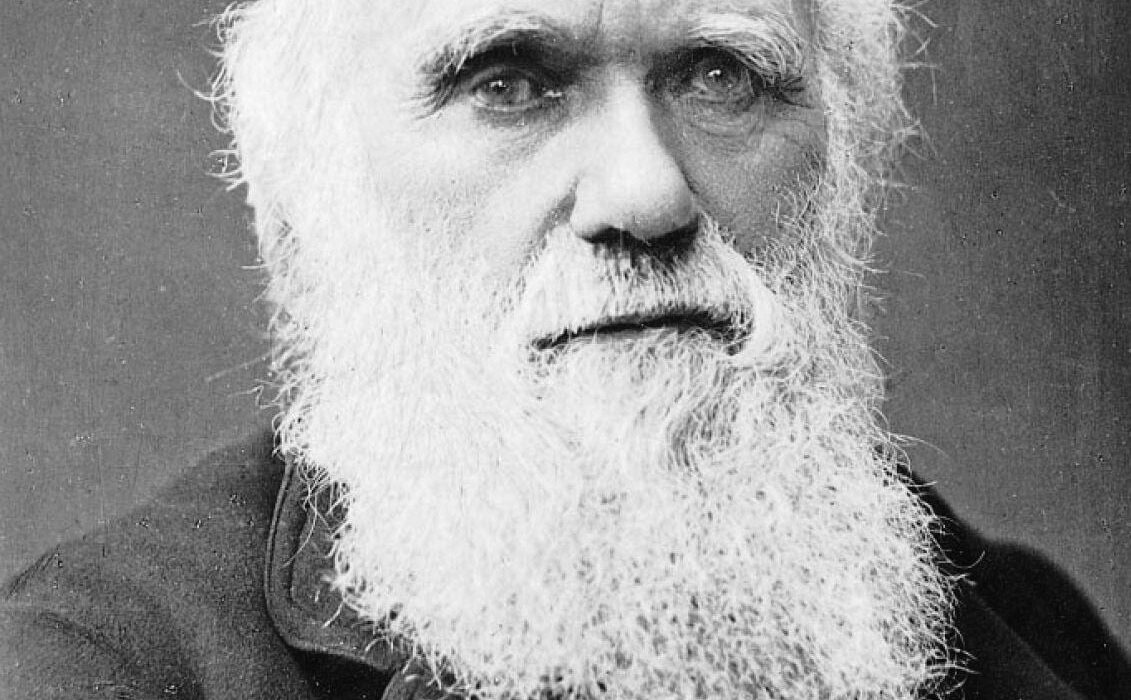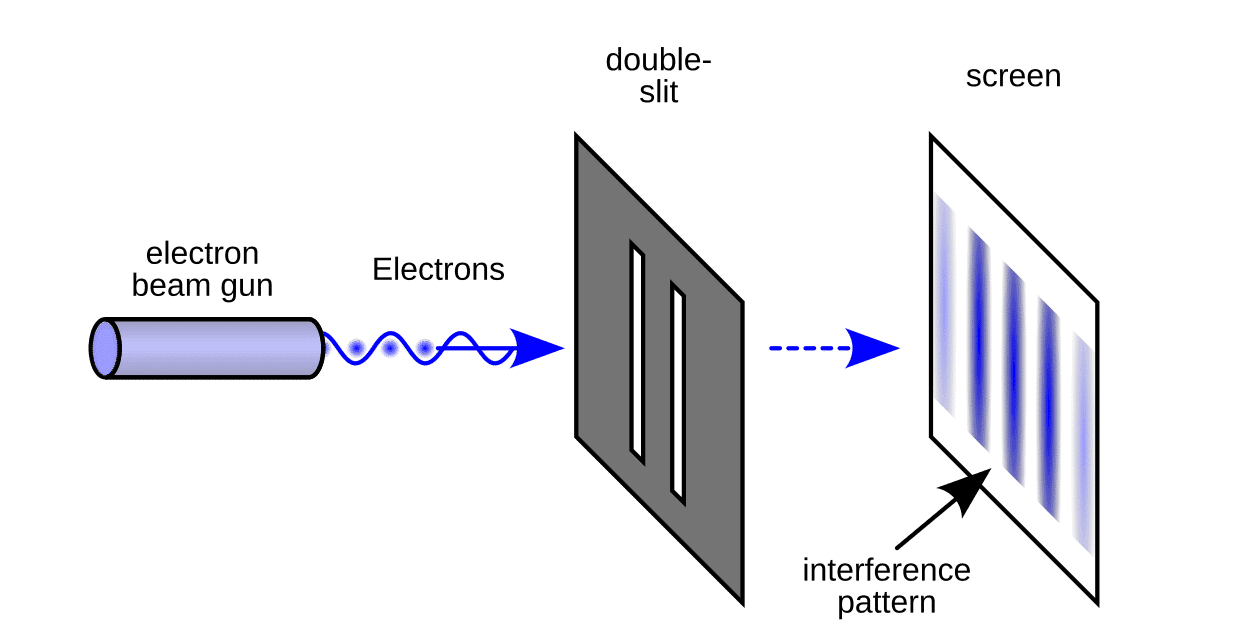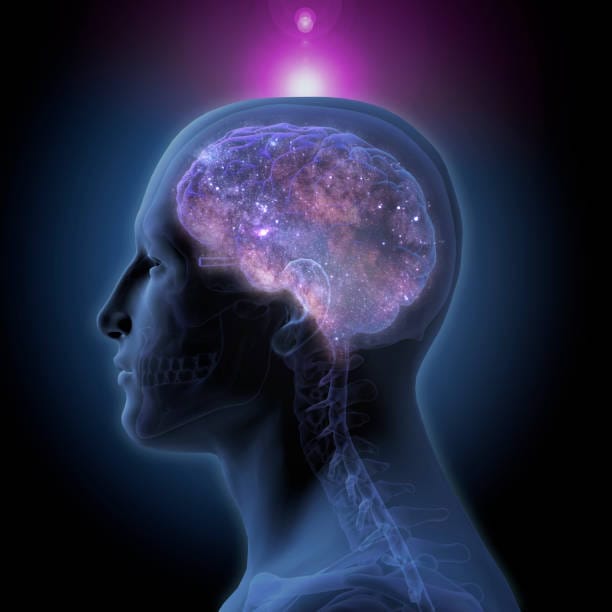From the moment you wake up to the moment you fall asleep—and even while you dream—your life is ruled by invisible forces. They bind you to the Earth, let you hear your favorite song, help your heart beat, and ensure your feet stay on the ground rather than floating into the sky. They are the silent sculptors of the universe, weaving through the cosmos, shaping galaxies, igniting stars, and anchoring every breath you take.
These invisible forces—gravity, magnetism, electricity, and the nuclear forces—are not just abstractions in physics textbooks. They are as real as the air you breathe, though you cannot touch or see them directly. Yet, their effects are everywhere. They choreograph the dance of atoms, determine the structure of matter, and underpin the very laws of nature.
In this deep exploration, we will unravel the mysteries of these forces. We will begin with gravity, that gentle tug felt by all things, move through the elegance of magnetism and electricity, and peer into the nuclear furnace where the strongest and strangest forces of all reside. This journey through the fundamental forces will not just describe what they are, but reveal how they shape every aspect of your reality.
Gravity – The Force That Grounds Us
Gravity is the oldest known force. It is the force that binds you to the Earth, holds the Moon in orbit, and keeps the planets circling the Sun. It’s the reason apples fall and why time runs slower on mountaintops than at sea level. Yet, despite its everyday familiarity, gravity is deeply mysterious.
Sir Isaac Newton’s legendary insight was to realize that the same force pulling apples to the ground also governs the motion of the Moon. He formulated the Law of Universal Gravitation, which described how every mass attracts every other mass with a force proportional to the product of their masses and inversely proportional to the square of the distance between them.
But gravity, as we now know, is far more than a pull between objects. Albert Einstein revolutionized our understanding in 1915 with his General Theory of Relativity. According to Einstein, gravity isn’t really a force at all—it’s the warping of space and time. Massive objects bend the fabric of spacetime, and this curvature tells other objects how to move.
Imagine placing a heavy ball on a rubber sheet; it creates a depression. If you roll a smaller ball across the sheet, it spirals inward toward the heavier one. That’s how planets orbit stars—not because the star is pulling them with an invisible rope, but because the planet is rolling along a curved path in spacetime.
This new view of gravity explained phenomena Newton couldn’t, such as the peculiar orbit of Mercury and the bending of starlight near the Sun—confirmed during a famous eclipse in 1919. It also predicted gravitational waves: ripples in spacetime caused by cataclysmic events like black hole collisions. These waves were detected a century later, in 2015, further confirming Einstein’s vision.
Yet, gravity remains the weakest of the four fundamental forces. You can lift a paperclip with a small magnet, overcoming the entire mass of the Earth. But despite its weakness, gravity dominates the cosmos because it only attracts and never cancels out. Over vast distances, its cumulative effect is unstoppable—it shapes galaxies and governs cosmic expansion.
Magnetism – The Invisible Flow of Force
Where gravity holds the Earth beneath your feet, magnetism reaches out like unseen fingers. It makes compasses point north, allows birds to navigate across continents, and creates mesmerizing auroras that dance across polar skies. But at the heart of magnetism is an even deeper force: electricity.
Magnetism and electricity are not separate phenomena—they are two faces of the same coin, known as electromagnetism. This was uncovered in the 19th century through a series of remarkable experiments. Michael Faraday discovered that moving a magnet near a coil of wire generates an electric current—what we now call electromagnetic induction. Later, James Clerk Maxwell unified the entire field with a set of equations that revealed electricity and magnetism as a single, interconnected force.
So what is magnetism, really? It arises from the motion of electric charges. In atoms, electrons orbit the nucleus and spin around their own axes. This movement creates tiny magnetic fields. When the magnetic moments of many atoms align, as in a bar magnet, the field becomes strong and coherent.
Earth itself is a gigantic magnet, thanks to swirling molten iron in its outer core. The resulting magnetic field shields the planet from harmful solar radiation, creating the magnetosphere. This protective bubble deflects solar wind and funnels energetic particles toward the poles, producing the shimmering northern and southern lights.
Magnets are not just natural curiosities; they are indispensable to modern life. They spin inside electric motors, generate electricity in power plants, store information in hard drives, and guide high-speed trains using magnetic levitation. MRI machines use powerful magnetic fields to peer inside the human body without a single incision.
On a smaller scale, magnetic forces operate within every atom and molecule. The interaction between electrons’ magnetic properties determines how atoms bond, how materials conduct heat, and how substances react. In this sense, magnetism helps determine the chemical fabric of reality.
Electricity – The Power of Moving Charges
Electricity is the lifeblood of the modern world. It illuminates our cities, powers our homes, and drives the digital revolution. Yet electricity is more than convenience—it is a fundamental force born from the behavior of subatomic particles.
At its heart, electricity is about charge. There are two types: positive and negative. Opposites attract, likes repel. Electrons carry negative charge, while protons carry positive. When charges are separated and allowed to flow, they create electric currents.
Static electricity is a simple example. Rub a balloon on your hair, and you transfer electrons from one surface to another, building up an imbalance. When the charges equalize, you may feel a shock. But in controlled systems like wires, the flow of electrons is steady, providing usable energy.
The principles of electricity are governed by a few elegant laws. Ohm’s Law relates current, voltage, and resistance. Kirchhoff’s Laws describe how currents flow in circuits. Combined with Maxwell’s equations, they form the basis for all electrical engineering.
Electric fields—regions around charges where other charges feel a force—can act at a distance, just like gravity and magnetism. And like magnetic fields, electric fields can also influence the motion of particles. In fact, an electric field in one frame of reference may appear as a magnetic field in another—a consequence of special relativity.
Electricity is also central to biology. Nerve impulses are electric signals. Your brain’s neurons communicate through voltage changes across membranes. Your heartbeat is coordinated by electrical waves. Even the sensation of touch, pain, or heat involves electrical information flowing through your nervous system.
At the deepest level, electricity and magnetism are unified in the electromagnetic force, which governs not only electronics and magnetism but also light. Light itself is an electromagnetic wave—a self-propagating oscillation of electric and magnetic fields. Every time you see a rainbow or feel the warmth of sunlight, you are witnessing this force in action.
The Strong Force – Holding the Nucleus Together
While gravity, electricity, and magnetism can be experienced on a human scale, the strong nuclear force operates in a realm beyond direct perception. It is the glue that binds protons and neutrons within the atomic nucleus, defying the intense repulsive force of positive charges crowding together.
Without the strong force, atoms would fall apart. Hydrogen would be the only element in existence. There would be no chemistry, no complexity, no life. This force operates at a scale of just a few femtometers—a millionth of a nanometer—yet its strength is unmatched.
The strong force is carried by particles called gluons, which bind quarks together to form protons and neutrons. Quarks are the most fundamental building blocks of matter, and they never exist alone in nature. They are forever confined in triplets or pairs, held together by the ceaseless exchange of gluons.
One of the most peculiar features of the strong force is asymptotic freedom. When quarks are extremely close together, they behave almost as if they are free. But as they move apart, the force between them grows stronger—like a rubber band stretching tighter the more you pull. This ensures that quarks remain trapped within hadrons, such as protons and neutrons.
The strong force is also responsible for the energy released in nuclear reactions. In stars, hydrogen nuclei fuse into helium, releasing enormous amounts of energy. This process powers the Sun and all stars. On Earth, similar reactions occur in hydrogen bombs and are being harnessed in experimental fusion reactors, which promise a clean, limitless source of energy.
Without the strong nuclear force, the universe would be a dark and simple place. With it, the periodic table unfolds, enabling the chemistry of life.
The Weak Force – Alchemy of the Universe
The weak nuclear force is the strangest and most elusive of the fundamental forces, but its influence is profound. It is responsible for a process known as beta decay, in which a neutron inside an atom can transform into a proton, or vice versa, emitting an electron or a neutrino in the process.
This transformation is essential for nuclear reactions in stars. It also played a crucial role in the early universe, helping to determine the balance between matter and antimatter. Without the weak force, the cosmos would have evolved very differently—and perhaps life would not exist at all.
The weak force is unique in that it can change the type, or “flavor,” of particles. It is carried by massive bosons known as the W and Z particles, discovered in the 1980s at CERN. These particles are so heavy that the weak force only acts over extremely short distances—smaller than the diameter of a proton.
Another fascinating feature of the weak force is its violation of symmetry. Most physical laws are symmetric—left and right, forward and backward in time. But the weak force breaks mirror symmetry, or parity. This asymmetry may hold clues to why the universe is made mostly of matter, not antimatter.
Though weak in name and range, the weak force plays an indispensable role in shaping the elements, powering the Sun, and allowing radioactive processes that warm planetary interiors, including our own Earth.
The Unification of Forces – A Search for Harmony
Physics has long sought to unify the forces of nature into a single, elegant framework. Electricity and magnetism were the first to be unified in the 19th century. In the 20th century, the weak force was combined with electromagnetism into the electroweak force, confirmed by particle experiments.
The strong force, too, is included in the Standard Model of particle physics, a remarkably successful theory that describes all known particles and their interactions—except gravity. Gravity resists unification. It is described by Einstein’s geometric theory of spacetime, whereas the other forces are explained by quantum field theories. Bridging this gap remains one of the greatest challenges in physics.
Theoretical frameworks like string theory and loop quantum gravity attempt to unify all forces, including gravity, into a quantum theory. These ideas are still being developed and tested, but they suggest a deeper level of reality where forces and matter are different manifestations of a single underlying entity.
In the distant past, perhaps all forces were one. As the universe cooled from the Big Bang, symmetry broke and the forces we see today emerged. Searching for this unified origin is more than academic—it may explain the deepest truths about nature’s design.
Conclusion: Living in a World Shaped by the Unseen
We live in a world carved, colored, and sustained by invisible forces. Gravity gives us weight and shapes the cosmos. Magnetism guides animals and powers technologies. Electricity lights our homes and moves our thoughts. The strong force binds atoms. The weak force enables the evolution of stars and the richness of matter.
Though we do not see these forces directly, we experience their power in every aspect of our existence. They form the scaffolding of the universe, from the smallest particle to the largest galaxy. And they are not static—they ripple, evolve, and interact in subtle and surprising ways.
The invisible forces that govern your life are not just abstractions—they are profound, universal truths. By understanding them, we not only decipher the mechanics of nature but connect to something greater—a unified tapestry of energy, matter, and motion that spans the cosmos.
In the end, these forces are not merely physical laws—they are the poetry of the universe written in the language of energy and space. And we, as conscious beings of stardust and neurons, are their living expressions.






